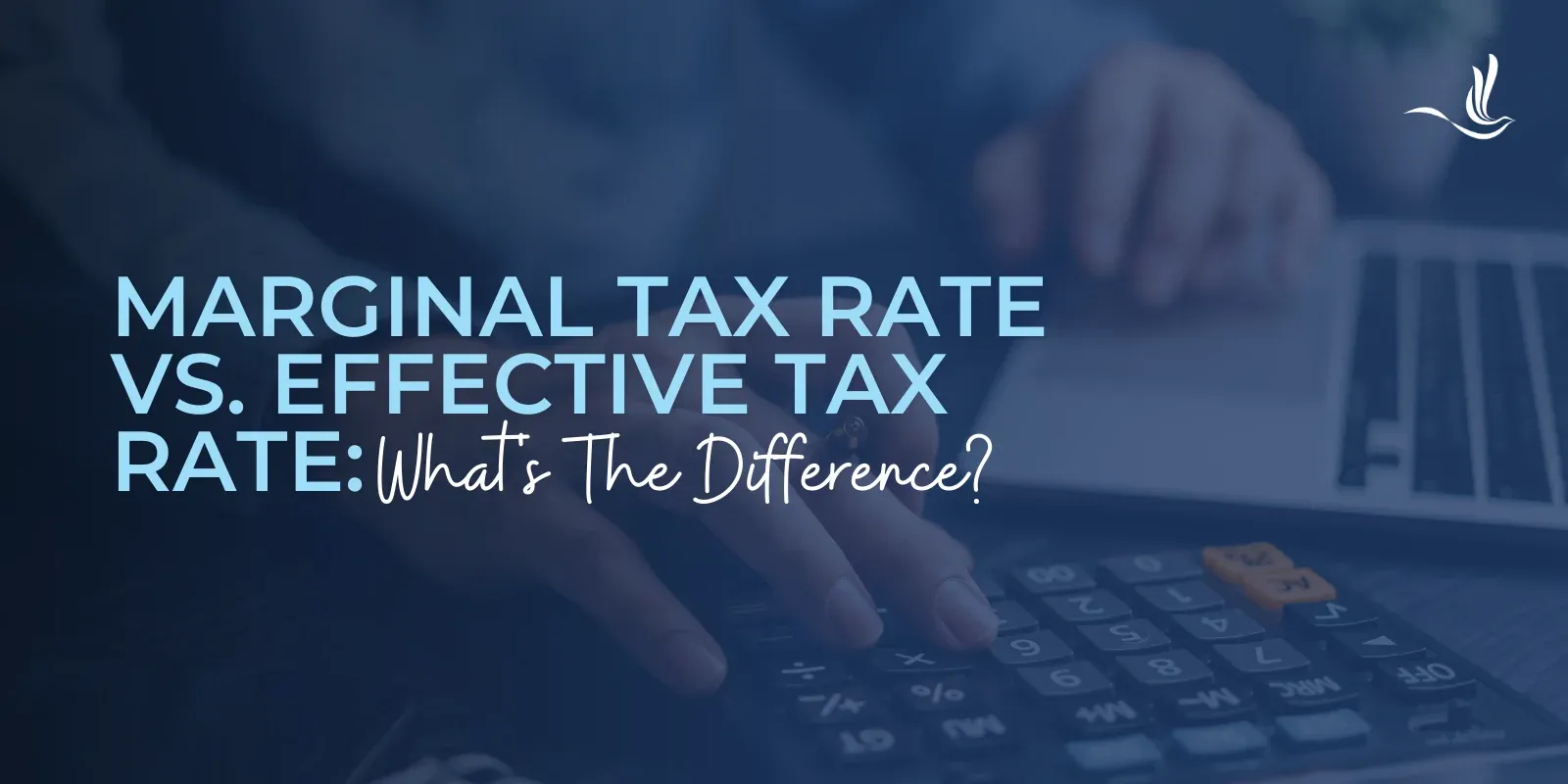Creating an effective employee engagement plan template is fundamental for improving workplace morale and productivity. Start by aligning your plan with your organization’s objectives and setting clear, measurable goals. Incorporate feedback mechanisms to gauge current engagement levels and identify areas for improvement. Key initiatives like communication improvement and recognition programs play an important role.
Comprehending how to measure success through turnover rates and productivity metrics will be necessary, so let’s explore the best practices to develop your plan effectively.
Key Takeaways
- Align the engagement plan with business objectives to ensure relevance and measurable impact on performance.
- Set SMART goals that are specific, measurable, achievable, relevant, and time-bound for accountability.
- Conduct assessments of current engagement levels using surveys and feedback mechanisms for accurate insights.
- Incorporate key initiatives like communication enhancement and recognition programs to foster employee connection.
- Regularly measure success through turnover rates and employee surveys to track progress and identify improvement areas.
What Is an Employee Engagement Plan?
An employee engagement plan is a structured roadmap intended to improve the emotional connection employees have with their work and organization. This plan identifies key drivers of engagement and highlights employee pain points, allowing for targeted interventions that boost retention and productivity.
An effective employee engagement plan template incorporates both quick-win initiatives and long-term strategies to address employee concerns thoroughly. Engaged employees notably contribute to overall organizational performance, often being up to 21% more profitable than their disengaged counterparts.
To maintain relevance, a successful engagement plan requires ongoing assessment of employee sentiment through surveys and feedback mechanisms. This guarantees it remains aligned with the evolving needs of the workforce, nurturing a more motivated and committed team.
Benefits of an Effective Employee Engagement Plan
Effective employee engagement plans offer numerous benefits that directly influence an organization’s overall success.
By implementing a strategic employee engagement action plan sample, you can expect:
- 81% less absenteeism, reducing operational disruptions.
- 18% lower turnover rates, minimizing recruitment and training costs.
- 10% higher customer loyalty, leading to repeat business.
- 23% increased profitability, directly impacting the bottom line.
- A 21% boost in productivity, improving team collaboration and morale.
These advantages demonstrate that engaged employees not only contribute positively to workplace culture but also improve overall business performance.
Regular assessments through structured engagement plans allow you to identify areas for improvement quickly, nurturing a dynamic environment that promotes employee satisfaction and success.
Best Practices for Creating an Employee Engagement Plan
To create an effective employee engagement plan, you need to align it with your organization’s business objectives, ensuring that every initiative supports your overall goals.
Actively involving employees in the planning process nurtures a sense of ownership, which can improve their connection to the organization and its vision.
Align With Business Objectives
Connecting your employee engagement plan with business objectives is essential for ensuring that your initiatives have a meaningful impact on organizational success.
[embed]https://www.youtube.com/watch?v=agYdtgXN_e4[/embed]
When you align these efforts, you not just improve productivity but additionally cultivate a culture of accountability.
Here are some best practices to reflect upon:
- Set clear, measurable SMART goals.
- Regularly consult stakeholders for customized approaches.
- Conduct a current business environment analysis.
- Identify specific business outcomes, like revenue growth.
- Use employee engagement action plan examples for inspiration.
Involve Employees Actively
Involving employees actively in the development of an engagement plan is crucial for nurturing ownership and commitment within the workplace.
Engaging employees cultivates innovative ideas and boosts satisfaction. To effectively gather insights, consider these employee engagement action plan ideas:
Strategy Purpose Outcome Listening Sessions Gather employee feedback Improve initiatives Surveys Understand needs and preferences Tailor engagement strategies Inclusive Teams Guarantee diverse perspectives Thorough engagement plans Decision-Making Involvement Improve ownership Increased commitment Regular Updates Maintain communication Clarify roles and expectationsSteps to Develop Your Employee Engagement Plan
To develop your employee engagement plan, start by evaluating current engagement levels within your organization. This involves gathering feedback through surveys, analyzing retention rates, and identifying strengths and areas for improvement.
Once you’ve established a clear comprehension of where you stand, define your desired outcomes to guarantee they align with your business objectives and are specific enough to measure effectively.
[embed]https://www.youtube.com/watch?v=IdeJLoM295I[/embed]
Assess Current Engagement Levels
How can you effectively gauge your organization’s employee engagement levels?
Start by utilizing various methods to collect valuable insights.
Consider these approaches:
[embed]https://www.youtube.com/watch?v=_g7863PjNns[/embed]
- Conduct employee engagement surveys to identify overall sentiment.
- Analyze retention and turnover rates for deeper comprehension.
- Consult HR for exit interview data to uncover common dissatisfaction reasons.
- Implement pulse surveys to gather real-time feedback on engagement.
- Identify specific areas for improvement based on collected data.
Define Desired Outcomes
Defining desired outcomes in your employee engagement plan is crucial for aligning efforts with your organization’s business objectives. Start by establishing specific and measurable goals that address key engagement issues, such as improving retention rates or boosting employee satisfaction.
Limit these outcomes to a maximum of three for clarity and focus.
Use the SMART criteria—Specific, Measurable, Achievable, Relevant, Time-bound—to guarantee these goals are realistic and actionable within a defined timeframe.
Clearly communicate these desired outcomes to your employees, promoting comprehension and alignment. Regularly review and adjust these goals based on ongoing feedback and engagement metrics.
This approach not only increases commitment but also guarantees your engagement survey action plan template remains effective in driving improvements.
Key Components of an Employee Engagement Plan
An effective employee engagement plan serves as a roadmap for enhancing workplace morale and productivity by addressing specific issues that may hinder employee satisfaction.
To create a successful plan, consider these key components:
- Identify specific issues, like communication gaps or lack of recognition.
- Set clear objectives and goals that align with your organization’s culture.
- Develop a thorough communication strategy to inform employees about the plan.
- Assign stakeholders and responsibilities to guarantee accountability.
- Establish a timeline with milestones for tracking progress.
Using an employee engagement plan sample can help you visualize these components in action.
Measuring the Success of Your Engagement Plan
Measuring the success of your employee engagement plan involves tracking specific metrics that reflect the effectiveness of your strategies. To guarantee you’re on the right path, focus on turnover rates, absenteeism, and productivity levels. Regular employee surveys can provide valuable insights through results that inform your action plan.
Metric Purpose Frequency Employee Turnover Rate Indicates retention effectiveness Quarterly Absenteeism Rate Reflects employee commitment and health Monthly Employee Net Promoter Score (eNPS) Measures workplace recommendation likelihood Biannually Productivity Metrics Correlates engagement with performance Monthly Employee Survey Results Highlights areas for improvement AnnuallyAction Plan Examples for Employee Engagement
In the area of improving employee engagement, action plans serve as critical tools that outline specific initiatives aimed at addressing identified areas of improvement.
Your engagement survey action plan should focus on clear, actionable steps to increase employee satisfaction and productivity. Here are examples to reflect upon:
- Improve Communication: Implement regular team check-ins to promote open dialogue.
- Recognition Programs: Establish monthly awards to celebrate employee achievements.
- Professional Development: Offer workshops and training sessions for skill improvement.
- Feedback Systems: Create channels for employees to voice concerns and suggestions.
- Competitive Compensation: Review and adjust salary packages based on industry standards.
Each item should include a responsible owner and a timeline to guarantee effective tracking and accountability.
Regular updates will help you gauge success and make necessary adjustments.
Conclusion
In summary, creating an effective employee engagement plan involves aligning with business objectives and setting measurable SMART goals.
By incorporating feedback mechanisms and key initiatives, you can cultivate a more engaged workforce. Regular evaluation of your plan’s success through turnover rates and productivity metrics is crucial for continuous improvement. With a structured approach, you can improve employee satisfaction and drive your organization toward greater success. Implement these strategies to build a thriving workplace culture.
Image Via Envato
Disclaimer: This story is auto-aggregated by a computer program and has not been created or edited by finopulse.
Publisher: Source link








